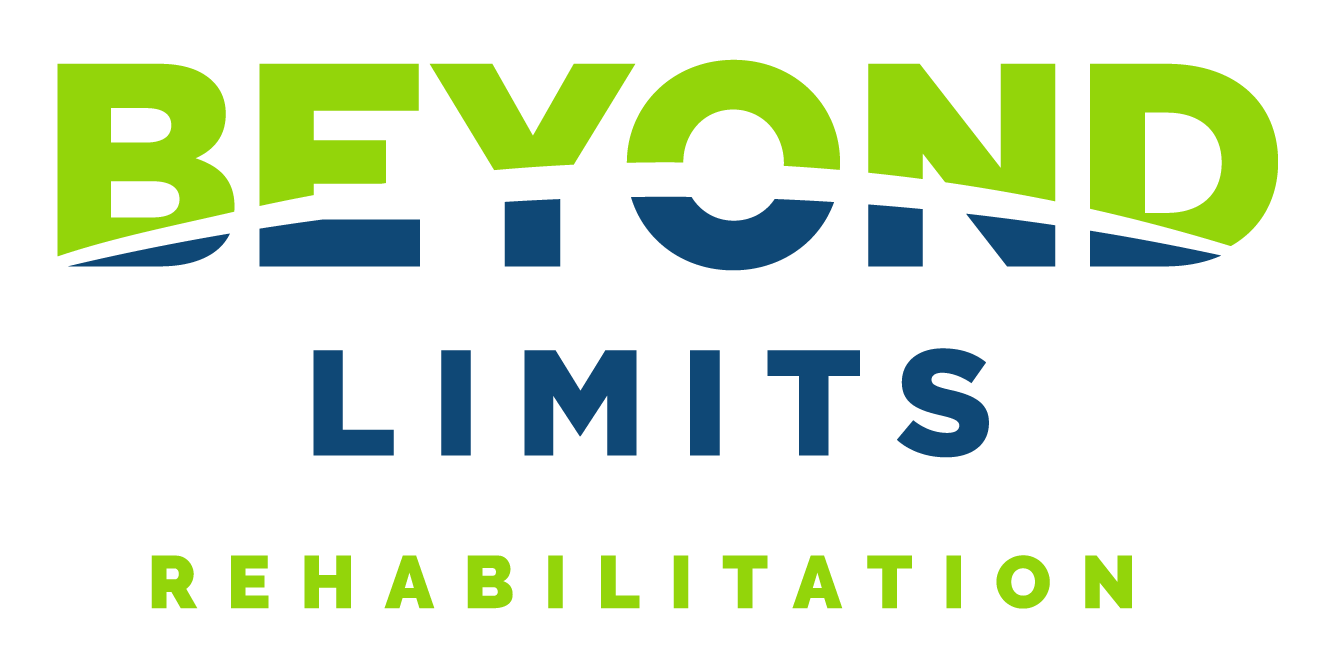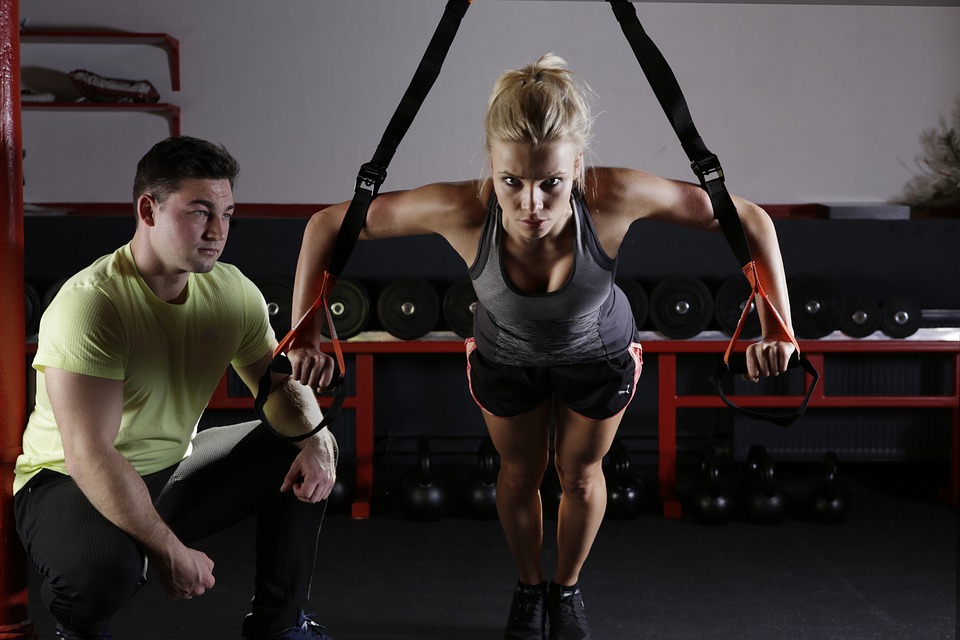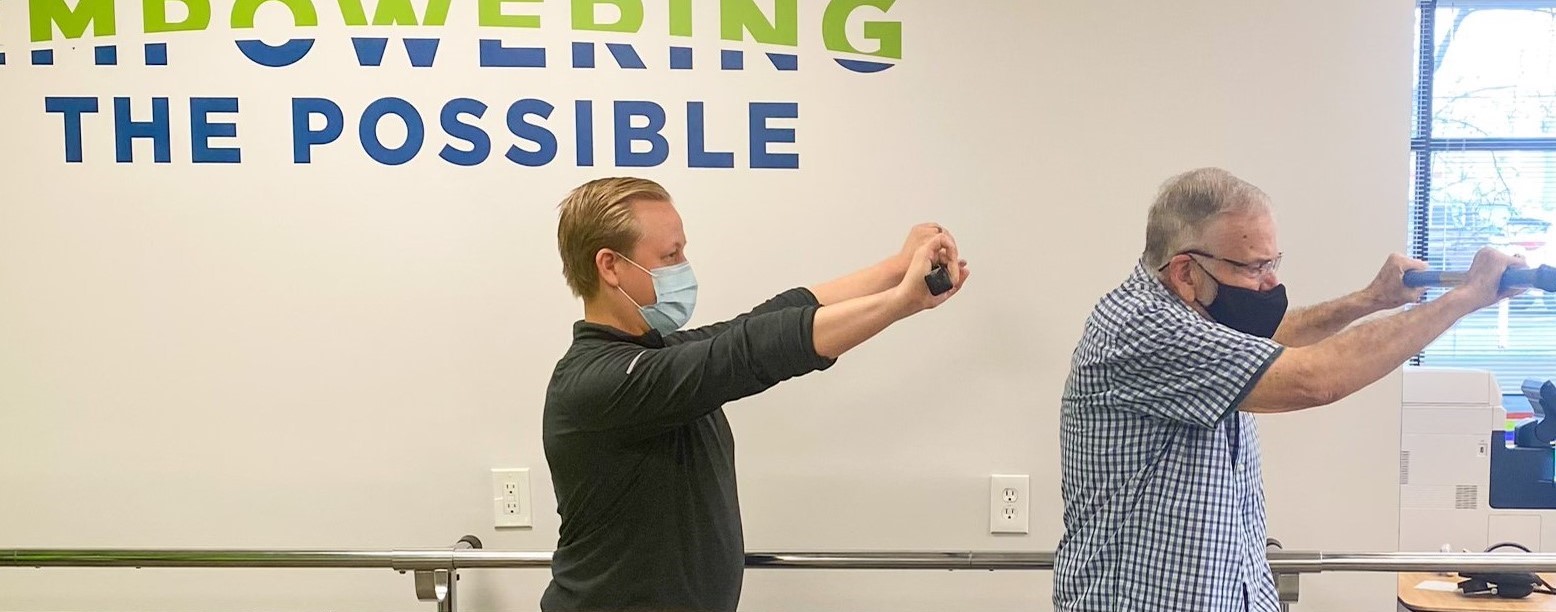A Fear of Falling: How to Help
By Sara Strain, OTR/L
It is well known that older clients are at a higher risk for falls, but how do we quantify and qualify the effects of the falls on a patient’s ability to recover? And how do we use that information in development of our plan of care? The number one risk factor for having a fall, is to have a history of fall(s). According to the National Council on Aging, one out of every four Americans age 65 and older fall every year. Each day we see many older patients in our hospitals and nursing homes who are there for other medical conditions, but have a history or fear of falling. It is highly important to discuss a patient’s history of falls during the interview process as it is a high predictor of future falls. We see many patients who are very anxious about movement and mobility, so what can we do to help and understand?
Understanding the Fear of Falling
A fear of falling becomes a common reason many older adults, even those who haven’t fallen, begin to avoid meaningful or even basic activities such as shopping, taking part in social activities, and even getting into the shower. As therapists, our role is to rehab, modify, and also empower our patients to live their lives to the fullest without fear. We must try to understand the mentality of those who have this fear. The Falls Efficacy Scale (FES) was created to understand a patient’s concern for falling. The original FES and Modified Falls Efficacy Scale (MFES) have both shown good validity and reliability as a predictor of falls. This tool could be used to determine both activities that might put the patient at risk for falling as well as intervention methods during treatment. The MFES is a 14-activity questionnaire that is an expanded version of the original 10-activity FES. The MFES includes outdoor activities, which the FES does not cover. Either the patient or clinician can complete the test. It should take less than five minutes to complete and less than five minutes to score. Each item is scored on a zero to 10 point scale where zero = not confident/not sure at all, five = fairly confident/fairly sure, and 10 = completely confident/completely sure. The higher the score reflects the more confidence the person has, and least fear of falling. The lower the score reflects less confidence, and more fear of falling. Examples of the items include: getting dressed, preparing a simple meal, walking inside their house, reaching into cabinets, simple shopping, and light gardening/outside housework. The scoring is out of 140 possible points. The score indicates a patient’s potential fall risk, need for possible therapy intervention, and is also used as a way to track a patient’s progress with therapy. By adding this questionnaire to our toolbox of therapy tricks, we may be able to help our patients prevent falls, understand their own fear of falling, and avoid the complications of falling.





